If you love pizza, then you know that the key to a delicious homemade pizza lies in the crust. With the right pizza dough recipe, you can create a crispy, chewy, and flavorful base for all of your favorite toppings. In this blog post, we’ll share the best homemade pizza dough recipe you’ll ever try. Whether you’re a beginner or a seasoned pizza maker, this recipe is sure to elevate your homemade pizza game.
The Best Homemade Pizza Dough Recipe You’ll Ever Try Main Points
- Ingredients and measurements for the perfect pizza dough
- Step-by-step instructions for preparing and proofing the dough
- Tips for rolling out and shaping the dough for the perfect crust
- Baking and topping suggestions for the ultimate homemade pizza
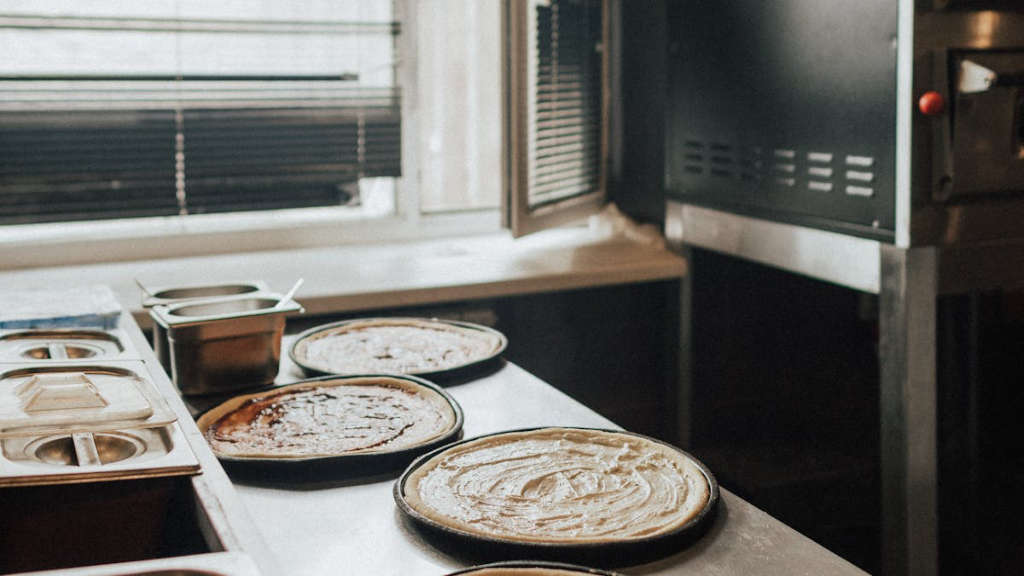
Understanding the Importance of High-Quality Flour
When it comes to baking, the quality of the flour you use can make a world of difference in the final product. Here at our bakery, we take great pride in using only the highest quality flour for all of our delicious creations. In this article, we want to take some time to highlight the importance of high-quality flour and why it is essential for producing the best baked goods.
Why High-Quality Flour Matters:
- Consistency: High-quality flour ensures that your baked goods turn out the same way every time. The consistency of the flour plays a key role in the texture and structure of the final product.
- Flavor: Using high-quality flour can enhance the flavor of your baked goods. Inferior flour can have a bland or off-putting taste, while high-quality flour can add depth and complexity to the flavor profile.
- Nutritional Value: High-quality flour typically retains more of its natural nutrients, making it a healthier choice for your baked goods.
As you can see, the quality of the flour you use is not something to be overlooked. It can have a significant impact on the overall quality of your baked goods, from their texture and flavor to their nutritional value.
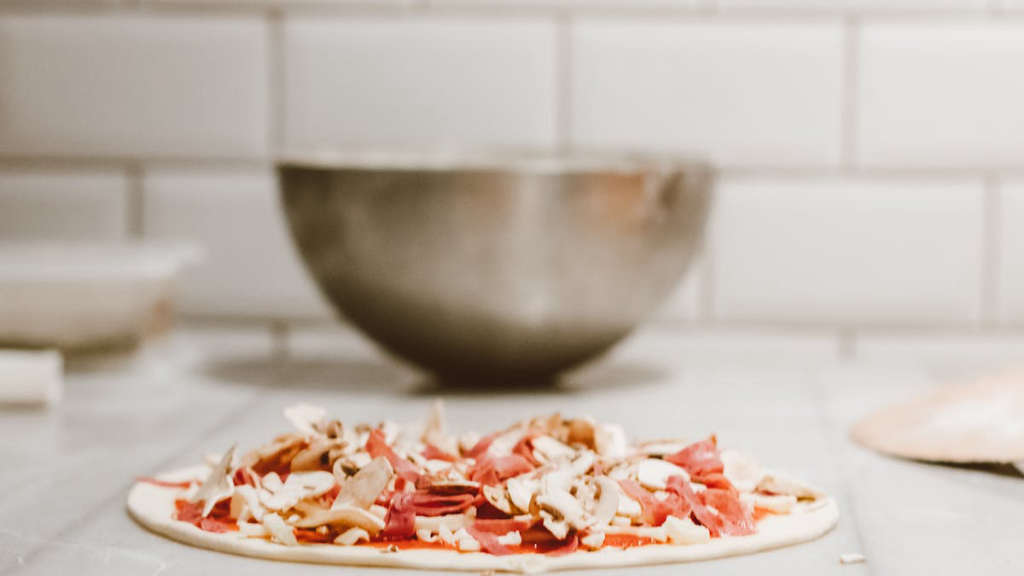
The Science Behind Perfect Pizza Dough
When it comes to making the perfect pizza, the dough is a crucial element. The science behind creating the perfect pizza dough involves a combination of ingredients, techniques, and chemical reactions. By understanding the principles behind pizza dough, you can achieve a delicious and consistent result every time.
Key Ingredients
The key ingredients in pizza dough include flour, water, salt, and yeast. The type of flour used, the hydration level, and the fermentation process all play a role in the final texture and flavor of the dough. Additionally, the salt helps to enhance the flavor, while the yeast is responsible for the rise and leavening of the dough.
Chemical Reactions and Techniques
When water is added to the flour, a series of chemical reactions occur. The proteins in the flour form gluten, which gives the dough its structure and elasticity. The fermentation process, during which the yeast metabolizes sugars and produces carbon dioxide, creates air pockets in the dough, resulting in a light and airy crust. Techniques such as kneading and resting the dough also affect its texture and structure.
| Ingredient | Role |
|---|---|
| Flour | Forms gluten for structure |
| Water | Hydrates the flour and activates the yeast |
| Salt | Enhances flavor |
| Yeast | Leavens the dough |
By paying attention to the science behind perfect pizza dough, you can elevate your pizza-making skills and create a truly exceptional homemade pizza.
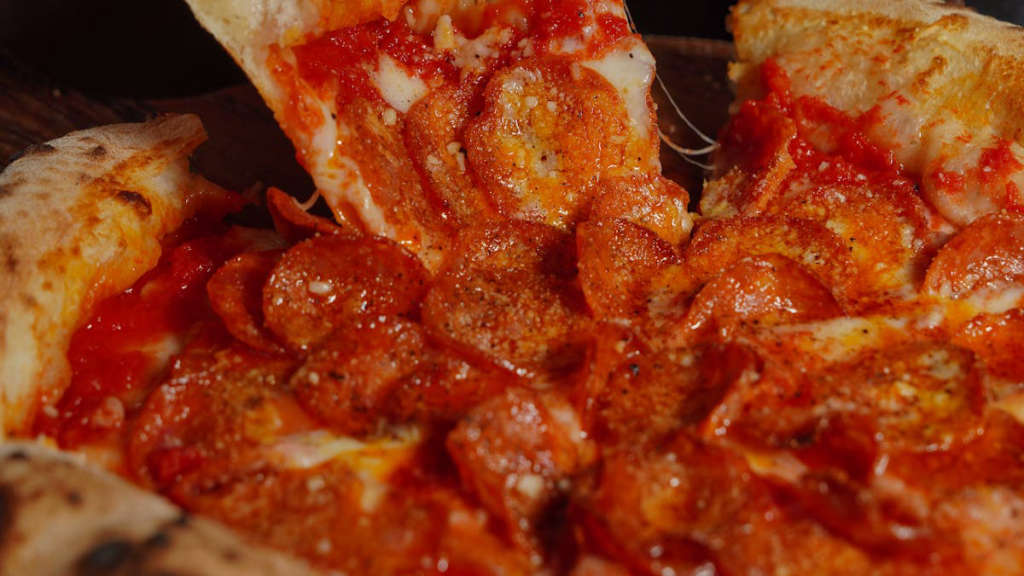
Choosing the Right Yeast for Your Pizza Dough
When it comes to making the perfect pizza dough, one of the most important factors to consider is the type of yeast you use. Yeast is what gives the dough its rise and creates those delicious air pockets that make for a light and chewy crust. But with so many different types of yeast available, how do you know which one is the right choice for your pizza dough?
Fresh yeast, active dry yeast, and instant yeast are the three main options for making pizza dough. Each type of yeast has its own unique characteristics and requirements, so it’s important to understand the differences in order to make the best choice for your recipe.
Fresh Yeast
Fresh yeast, also known as cake yeast, is typically sold in compressed blocks. It has a very short shelf life and must be kept refrigerated. Fresh yeast is highly perishable and should be used within a week of purchase. It is best used in recipes that call for a long, slow rise, as it activates quickly and provides a strong, robust fermentation.
Active Dry Yeast
Active dry yeast is the most commonly used type of yeast for home baking. It is available in both individual packets and larger jars. This type of yeast needs to be dissolved in warm water before being added to the other ingredients. It has a longer shelf life than fresh yeast and can be stored at room temperature. Active dry yeast is a good choice for most pizza dough recipes and is especially well-suited for doughs that require a shorter rising time.
Instant Yeast
Instant yeast, also known as rapid-rise or quick-rise yeast, is a more finely milled form of dry yeast. It does not require proofing and can be added directly to the dry ingredients. Instant yeast is popular for its convenience and quick action, making it a great choice for those who want to make pizza dough in a hurry. It is important to note that using instant yeast may require adjustments to the rising time and temperature in your recipe.
Ultimately, the right choice of yeast for your pizza dough will depend on your specific recipe and preferences. By understanding the characteristics of each type of yeast, you can make an informed decision that will help you achieve the perfect pizza crust every time.
Different Types of Salt and Their Impact on Pizza Dough
When it comes to making the perfect pizza dough, the type of salt you use can have a significant impact on the final product. Different types of salt bring different flavors, textures, and even chemical reactions to the dough. Here are some of the most common types of salt and their impact on pizza dough:
1. Table Salt
Table salt is the most common type of salt used in cooking. It is highly refined and has a very fine texture. When using table salt in pizza dough, it will dissolve easily and distribute evenly throughout the dough, providing a consistent flavor. However, table salt can sometimes be too salty, so it’s important to use it sparingly.
2. Kosher Salt
Kosher salt has a coarser texture compared to table salt. It is less dense and has a milder flavor. When using kosher salt in pizza dough, it may take longer to dissolve, resulting in pockets of saltiness in the dough. It also adds a slight crunch to the crust, giving it a unique texture.
3. Sea Salt
Sea salt is harvested from evaporated seawater and comes in a variety of textures and colors. It contains more trace minerals compared to table salt and has a more complex flavor profile. When using sea salt in pizza dough, it can produce a more complex and nuanced flavor, enhancing the overall taste of the crust.
4. Himalayan Pink Salt
Himalayan pink salt is known for its beautiful pink color and high mineral content. It has a strong, intense flavor and a coarse texture. When using Himalayan pink salt in pizza dough, it can add a unique, earthy flavor and a subtle crunch to the crust. However, due to its strong flavor, it should be used sparingly.
5. Impact on Pizza Dough
The type of salt used in pizza dough can greatly impact the overall flavor, texture, and appearance of the crust. It’s important to consider the type of salt and its intended impact on the final product when making pizza dough. Experimenting with different types of salt can lead to discovering the perfect balance of flavors and textures for your ideal pizza crust.
Mastering the Art of Kneading Pizza Dough
When it comes to creating the perfect pizza, mastering the art of kneading dough is crucial. Kneading dough is a process that involves mixing and working the dough to develop gluten, which gives the pizza its desired texture and structure. With the right technique and a little bit of practice, you can elevate your pizza game to the next level.
The Three Key Elements
First and foremost, it’s important to understand the three key elements of kneading pizza dough: time, technique, and ingredients. Time plays a significant role in allowing the gluten to develop properly, so be patient and give the dough enough time to rest and rise. As for technique, using the proper hand movements and pressure while kneading will determine the final texture of the dough. Lastly, using high-quality ingredients is essential for achieving the best flavor and texture in your pizza dough.
Start by combining the flour, water, yeast, and salt in a mixing bowl and use your hands to mix everything together until a rough dough forms. Once the ingredients are combined, transfer the dough to a floured surface and begin kneading. Use the heel of your hand to push the dough away from you, then fold it back over itself and repeat. Continue this process for about 10-15 minutes, or until the dough becomes smooth and elastic.
As you knead, you should start to feel the dough become more pliable and stretchy. This is the gluten developing, which is what gives the dough its structure and allows it to hold air bubbles during the fermentation process. Properly kneaded dough will result in a light and airy crust, which is essential for a delicious pizza.
Practice Makes Perfect
Like any other culinary skill, mastering the art of kneading pizza dough takes practice. Don’t be discouraged if your first few attempts don’t turn out exactly as you hoped. With time and persistence, you’ll develop a feel for the dough and be able to adjust your technique to achieve the perfect texture every time.
Remember, kneading dough is not just a mechanical process, but also a sensory one. Pay attention to the way the dough feels in your hands and learn to recognize the signs of properly developed gluten. With practice, you’ll be able to knead pizza dough with confidence and create mouthwatering pizzas that will impress even the most discerning pizza enthusiasts.
Letting the Dough Rise: Time and Temperature
When it comes to baking the perfect loaf of bread, one of the most crucial steps is letting the dough rise. The time and temperature at which you let the dough rise can have a significant impact on the final product.
First and foremost, patience is key when it comes to letting dough rise. While it may be tempting to rush the process, allowing the dough to rise at a slow and steady pace is essential for achieving the desired texture and flavor in your bread.
Additionally, the temperature at which the dough rises plays a critical role. Warmer temperatures can expedite the rising process, but too much heat can also lead to over-proofing, resulting in a dense and doughy loaf. On the other hand, cooler temperatures can slow down the rising process, allowing for more complex flavors to develop.
“The key to successful dough rising is finding the perfect balance between time and temperature.”
Recommended Time and Temperature Guidelines
| Time | Temperature |
|---|---|
| 1-2 hours | Warm, 80-85°F (27-29°C) |
| 2-4 hours | Room temperature, 70-75°F (21-24°C) |
| 6-12 hours | Cool, 55-65°F (13-18°C) |
By following these time and temperature guidelines, you can ensure that your dough rises to perfection, resulting in a delicious and beautifully textured loaf of bread.
The Role of Olive Oil in Pizza Dough
Olive oil is a key ingredient in making the perfect pizza dough. It not only adds flavor but also affects the texture and consistency of the dough. Let’s take a look at the role of olive oil in pizza dough in detail.
1. Flavor Enhancement
Olive oil adds a rich, fruity flavor to the pizza dough. This enhances the overall taste of the pizza and adds depth to the flavor profile. The quality of the olive oil used is crucial in determining the final taste of the dough.
2. Texture and Moisture
Adding olive oil to the dough helps in creating a softer and more pliable texture. It also contributes to the moisture content of the dough, resulting in a chewier crust. The quantity of olive oil used can significantly impact the texture of the dough.
3. Crust Crispness
While olive oil adds moisture to the dough, it also plays a role in creating a crispy crust. The oil helps in achieving that desirable golden-brown color and crispy texture on the crust. The application of the olive oil, whether brushed on top or incorporated into the dough, can influence the crust’s crispness.
Overall, olive oil is not just a flavor-enhancer but also a critical ingredient in determining the texture, moisture, and crispness of the pizza dough. Its role should not be overlooked in the pursuit of the perfect pizza.
The Magic of Fresh Herbs and Spices in Pizza Dough
When it comes to making the perfect pizza, the secret lies in the dough. While there are many factors that contribute to a delicious pizza, one of the most overlooked is the use of fresh herbs and spices in the dough. These simple but powerful ingredients can elevate your pizza from good to extraordinary.
The Power of Fresh Herbs
Using fresh herbs in your pizza dough can add a burst of flavor that dried herbs simply cannot match. Herbs like basil, oregano, and thyme bring a fragrant and vibrant quality to the dough, infusing each bite with a subtle but distinct taste. In addition, the natural oils in fresh herbs can also contribute to a softer and more flavorful crust.
Enhancing with Spices
Spices, such as garlic, red pepper flakes, and black pepper, can also work wonders in pizza dough. These ingredients not only add a kick of heat and depth of flavor, but they can also complement the toppings and cheese, creating a harmonious balance of taste. The key is to use these spices sparingly, as a little can go a long way in enhancing the overall experience of the pizza.
Experimenting with Combinations
The magic truly happens when you start experimenting with different combinations of fresh herbs and spices in your pizza dough. For example, a blend of fresh basil, garlic, and red pepper flakes can create a zesty and aromatic dough that pairs well with a classic Margherita pizza. Alternatively, a mix of oregano, thyme, and black pepper can add a savory and earthy dimension to a mushroom and spinach pizza.
| Herbs | Spices |
|---|---|
| Basil | Garlic |
| Oregano | Red Pepper Flakes |
| Thyme | Black Pepper |
In conclusion, the magic of fresh herbs and spices in pizza dough lies in their ability to enhance the overall flavor profile of the pizza. By incorporating these simple yet powerful ingredients, you can elevate your homemade pizza to a whole new level and impress your friends and family with your culinary prowess.
Exploring Alternative Flours for Unique Pizza Dough
When it comes to making pizza dough, most people automatically reach for all-purpose or bread flour. However, there is a world of alternative flours out there that can take your pizza to the next level. By experimenting with different types of flour, you can create a unique and flavorful pizza crust that will impress your friends and family.
Almond Flour
Almond flour is a popular choice for those following a gluten-free or low-carb diet. It adds a rich, nutty flavor to the dough and results in a slightly denser crust. When using almond flour, it’s important to remember that it doesn’t have the same binding properties as wheat flour, so you may need to use a binding agent such as xanthan gum to help hold the dough together.
Quinoa Flour
Quinoa flour is packed with protein and nutrients, making it a healthy choice for pizza dough. It has a slightly earthy and nutty flavor that can add depth to your crust. Quinoa flour can be a bit gritty, so it’s best to combine it with another flour, such as rice flour, for a smoother texture.
Coconut Flour
Coconut flour is another gluten-free option that adds a subtle coconut flavor to the dough. It’s highly absorbent, so you’ll need to use more liquid in your recipe. Coconut flour can result in a soft and tender crust that pairs well with both sweet and savory toppings.
Exploring alternative flours for pizza dough can open up a world of possibilities. Whether you’re looking for a gluten-free option, or just want to try something new, incorporating different flours into your pizza dough recipe can lead to delicious and unique results.
So, next time you’re in the mood for pizza, consider stepping outside the traditional flour box and experimenting with one of these alternative options. You may just discover a new favorite way to enjoy everyone’s favorite comfort food.
Experiment, Flavorful, Unique
Perfecting the Crust: Rolling, Stretching, and Shaping Techniques
When it comes to making the perfect crust for your baked goods, the rolling, stretching, and shaping techniques you use can make all the difference. Here, we’ll cover some important tips and tricks to help you perfect your crust every time.
Rollling Techniques
One of the key factors in achieving a perfect crust is the way you roll out your dough. Here are some important tips to keep in mind:
- Use a lightly floured surface: This will prevent the dough from sticking and make it easier to roll out.
- Roll from the center out: Start in the middle of the dough and roll towards the edges, rotating the dough as needed.
- Use gentle pressure: Avoid pressing too hard on the dough, as this can lead to a tough crust.
Stretching Techniques
For certain types of crust, such as pizza dough, stretching the dough is an important step. Here’s how to do it right:
- Start with a round shape: If your dough isn’t already in a round shape, gently stretch it into one before proceeding.
- Use your hands: Instead of using a rolling pin, use your hands to stretch the dough gently from the center outwards.
- Avoid over-stretching: Be careful not to stretch the dough too thin, as this can cause it to tear.
Shaping Techniques
Finally, how you shape your crust can have a big impact on the final result. Here are some tips for shaping your crust:
- Work quickly: Once your dough is rolled or stretched, work quickly to shape it to prevent it from becoming tough.
- Use your fingertips: Gently press and shape the edges of the crust using your fingertips to create a uniform shape.
- Trim any excess: If your crust has excess dough hanging over the edge of the pan, trim it off for a neater appearance.
By paying attention to these rolling, stretching, and shaping techniques, you can perfect the crust of your baked goods and take your culinary creations to the next level.
Conclusion
In conclusion, this homemade pizza dough recipe is definitely worth a try. With just a few simple ingredients and a little bit of patience, you can create a delicious homemade pizza that will rival any restaurant. Whether you’re a seasoned chef or a beginner in the kitchen, this recipe is sure to impress. So, next time you’re craving pizza, skip the delivery and give this Homemade Pizza Dough Recipe a try for a truly satisfying and delicious homemade meal.
Frequently Asked Questions
What ingredients are needed for homemade pizza dough?
You will need flour, yeast, water, salt, and olive oil.
How long does it take to make homemade pizza dough?
The process usually takes about 1 to 1.5 hours, including the time for the dough to rise.
Can I make the pizza dough ahead of time?
Yes, you can prepare the dough ahead of time and store it in the refrigerator for up to 1-2 days.
Can I freeze the homemade pizza dough?
Yes, you can freeze the dough for up to 1-2 months. Just make sure to thaw it properly before using.
How thin should I roll out the pizza dough?
It depends on your preference, but a thickness of about 1/4 inch (6mm) is a common recommendation.
Should I pre-bake the pizza dough before adding toppings?
It’s not necessary, but some recipes may call for pre-baking the crust for a few minutes before adding toppings.
Do I need a pizza stone to make homemade pizza?
While a pizza stone can help achieve a crispy crust, it’s not essential. A baking sheet or oven tray will also work.
What temperature should the oven be for baking homemade pizza?
A high temperature of around 475-500°F (245-260°C) is recommended for baking homemade pizza.
How do I prevent the pizza dough from sticking to the pizza peel or baking sheet?
You can use a sprinkle of cornmeal or flour on the peel or sheet to prevent sticking.
Can I use the homemade pizza dough for other recipes?
Yes, you can use the pizza dough to make breadsticks, calzones, or other creative recipes.


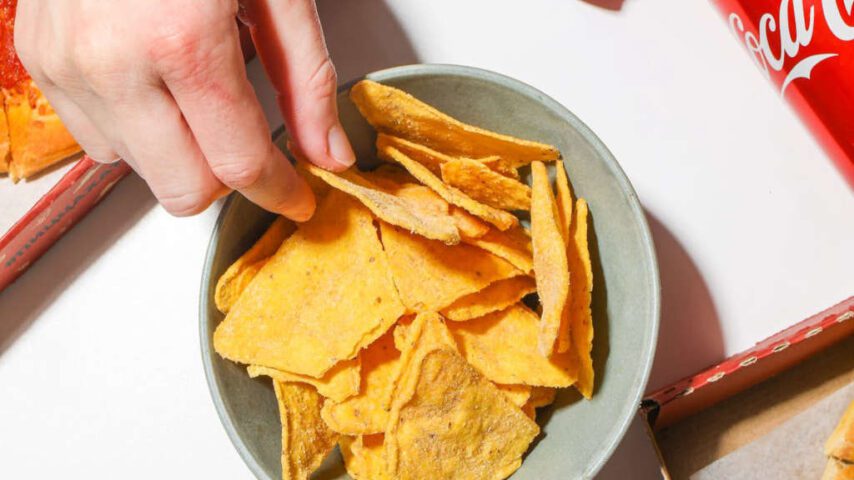

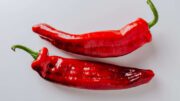











0 Comment